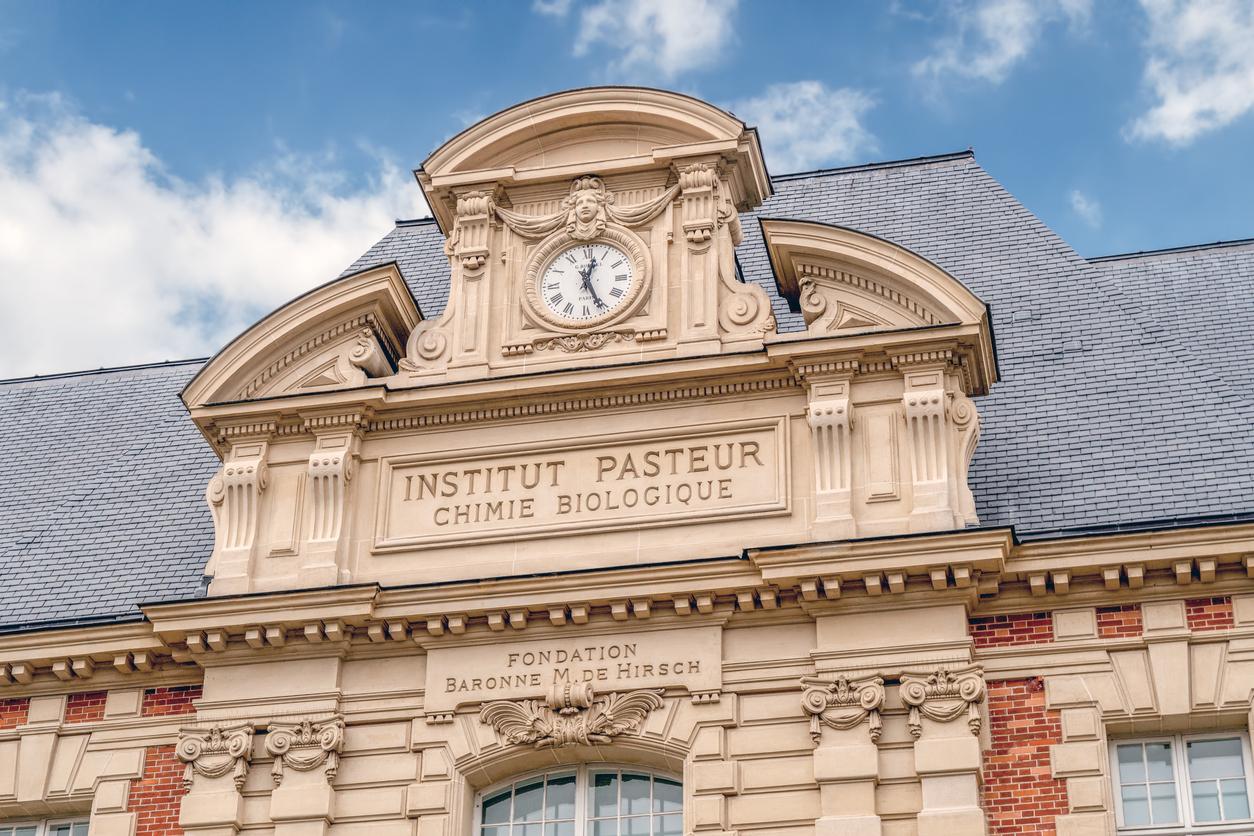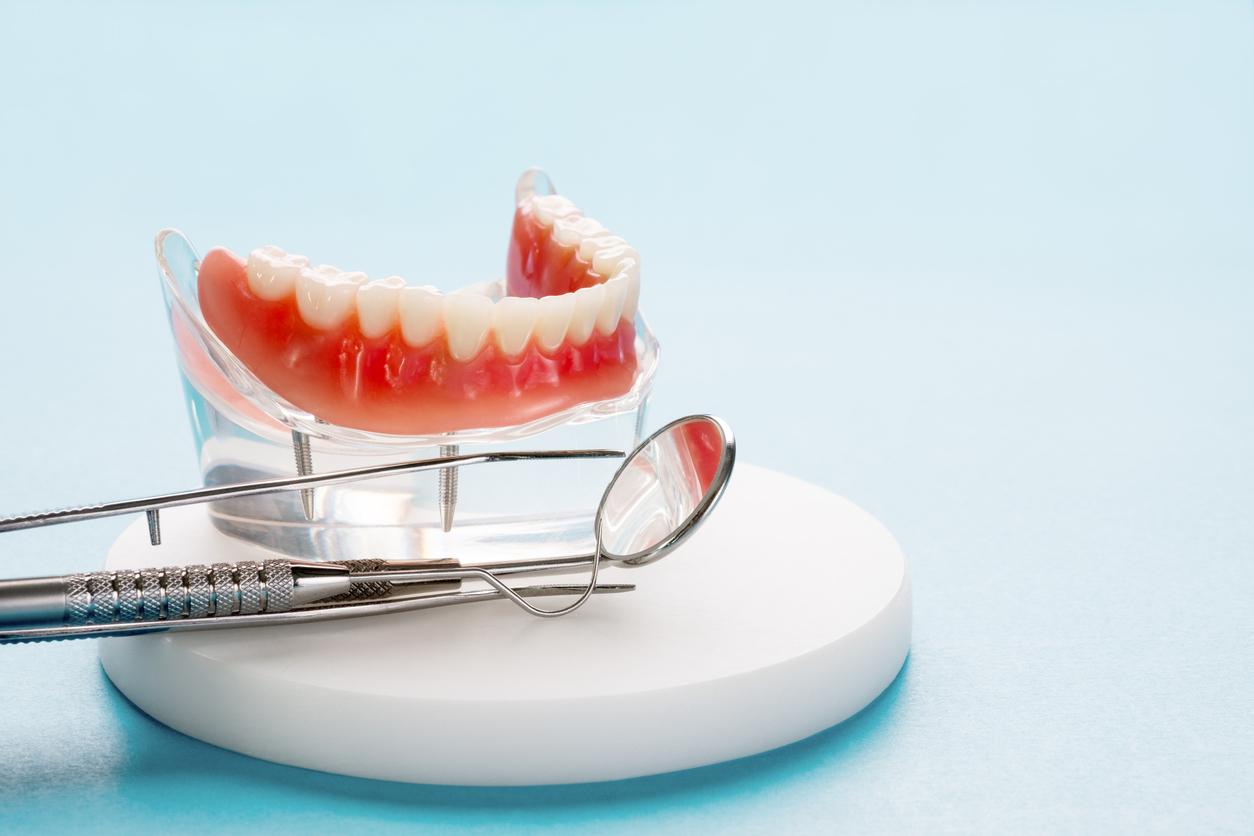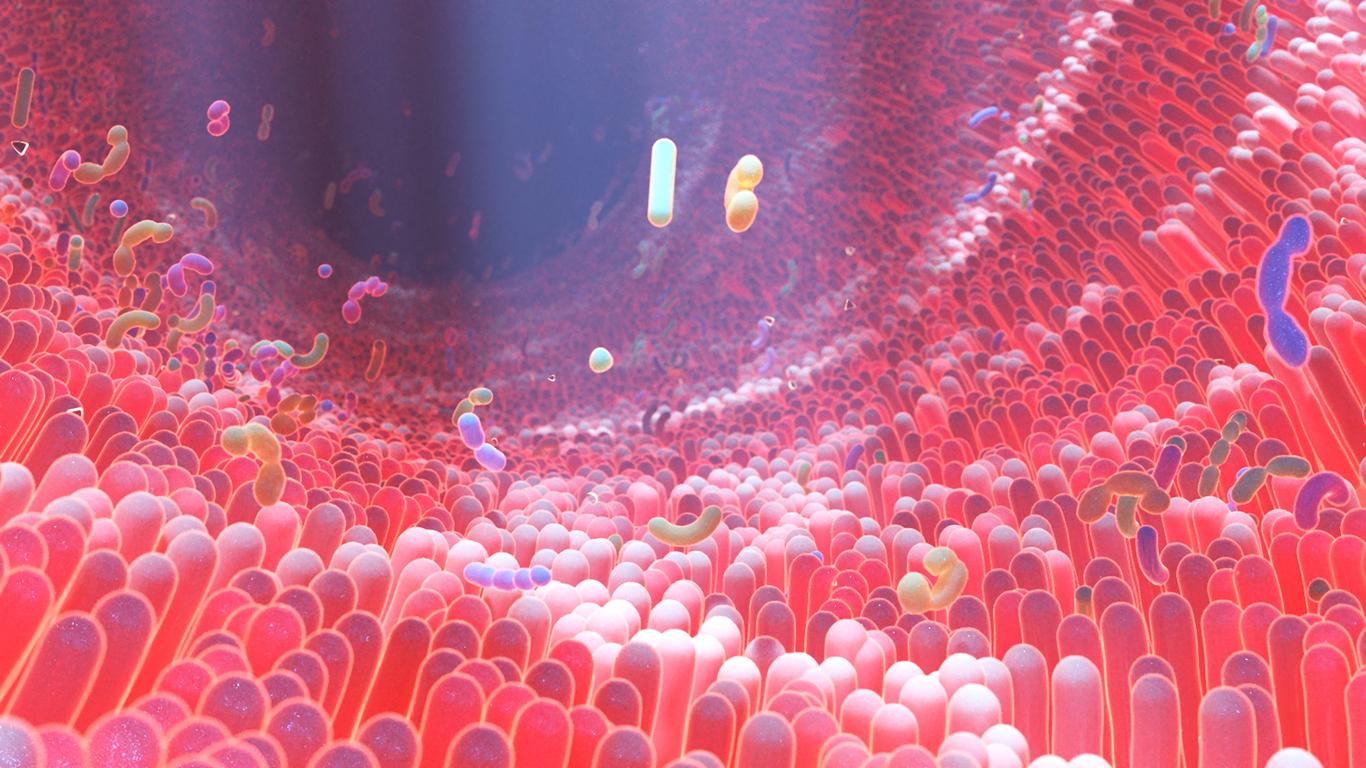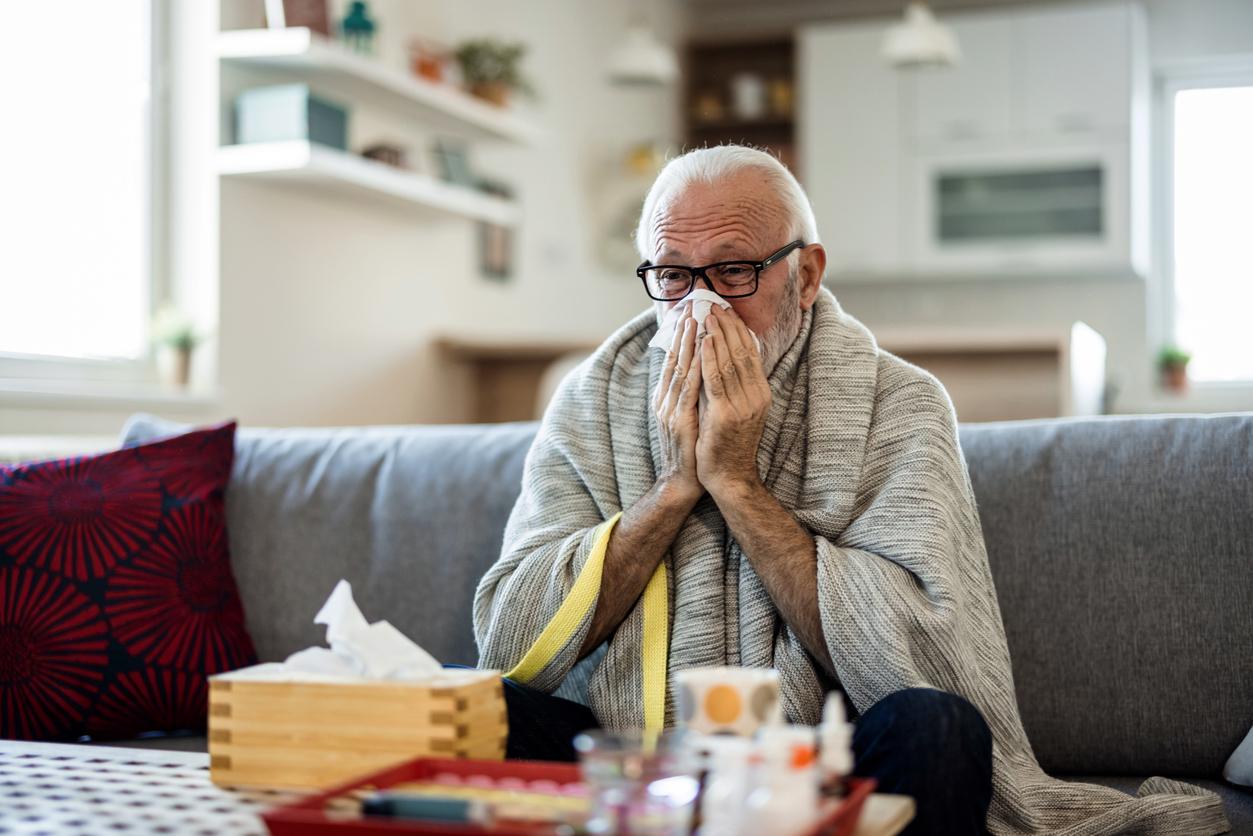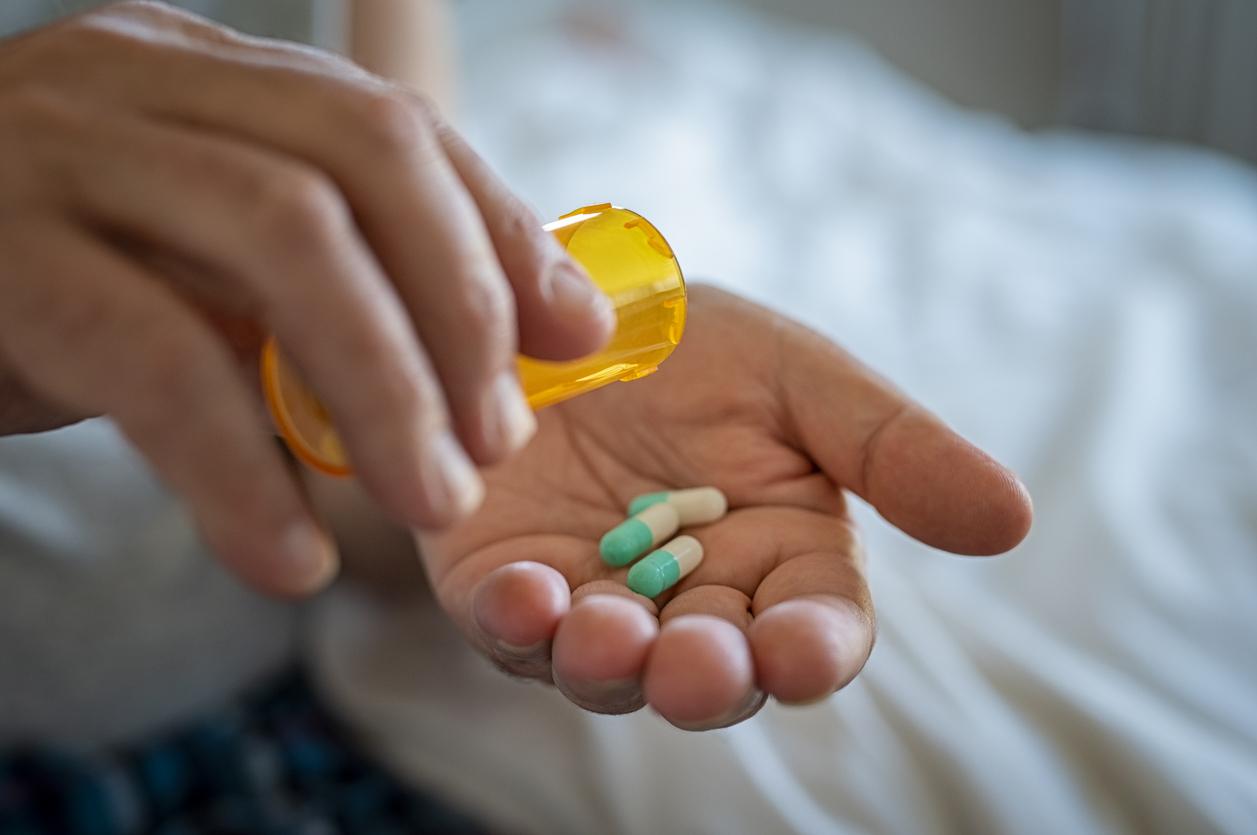With an increasing circulation of the virus, the identification of the places of contamination is essential. Pointed out, foci of transmission, clusters, represent only 10% of Covid-19 infections. For the rest, the defects of the tracing system make it impossible to determine where they take place.

- Of the 16,747 new infections this week, 1,300 come from clusters.
- The virus’s incubation period of 15 days makes it impossible to identify the site of infection.
- The screening strategy, or rather the absence of a strategy, is also singled out.
The coronavirus continues its breakthrough on our territory with 16,747 new contaminations this week, according to data from Public Health France. To stem this spread, it is important to identify where these new Covid-19 infections are taking place. Clusters, foci of transmission where at least three cases of Covid-19 appear in seven days in the same place, are regularly pointed out when they represent only 10% of infections. As proof, of the 16,747 new infections, 1,300 came from epidemic outbreaks. In total, there are currently 892 clusters in France.
A lack of staff
There is no data to identify where 90% of infections take place. “I don’t know where we get infected in my city or how the virus circulates”, admits Fabrice Giraud, director of public health in Aubervilliers, at Sunday newspaper (JDD). “We have to stop fantasizing about clusters, it’s the tip of the icebergcontinues Alexis Hautemanière, epidemiologist at the Avranches-Granville hospital. Today, the vast majority of contaminations are sporadic and we do not know where they occur. There is a big flaw in the tracing.” For effective tracking, the government launched the StopCovid application in early June to more easily identify people affected by Covid-19. Almost three months later, this application is a failure and has been used too little with only 2.3 million downloads and 81 notifications sent.
Behind the application, the tracing carried out by the health authorities is largely insufficient. The primary health insurance funds of the departments are responsible for tracing at-risk contacts of positive cases in conjunction with general practitioners. Problem, the incubation period of the virus of 15 days makes the identification of the place of infection impossible. The positive person can have become infected anywhere during this period, whether at work, in transport, with friends, in a restaurant…”It is especially that they lack time and armsreplaces a hospital source at the JDD. They make the list of contacts, but do not have time to find out why and where we are contaminated. That’s doable when you have a few hundred cases a day and a lot of people in the field. At the moment, we have thousands of cases a day and very few people on the ground. This is one of the reasons for the widespread wearing of masks: we suspect that anyone can infect us anywhere, at any time.“Of the 30,000 people wanted on the ground by the scientific council, only 7,000 are mobilized.
No screening strategy
The screening strategy is the other point that prevents knowing the places of contamination with Covid-19. “Currently, testing for Covid-19 is done without any identifiable strategysays epidemiologist Catherine Hill at World. (…) Those most likely to test positive are not particularly incentivized to get tested. This is not how the epidemic is going to be controlled.” Several voices are raised to demand more targeted screening for greater efficiency. “We would like geographical statistics to guide targeted screeningsadvance to JDD Jacques Battistoni, president of the union of general practitioners MG France. We need to carry out investigations that allow us to assess the origin of the cases. We have a network of 50,000 doctors spread all over France, who will be consulted. It would be a shame not to use it to do quality epidemiology.”

.







